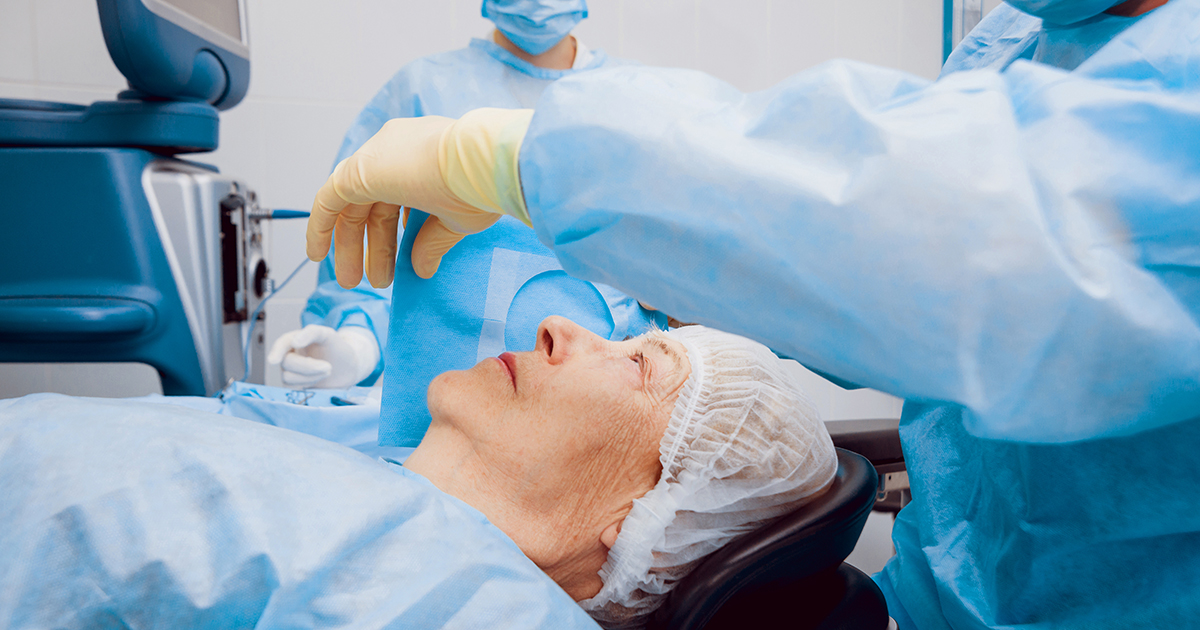Methods Of Treating Fuchs' Dystrophy
Fuchs' dystrophy is an eye disease where the interior cell layer of the cornea or the endothelium undergoes degenerative alterations. This disease is most often caused by genetic factors, and it usually affects both of the eyes. Fuchs' dystrophy causes the reduced function of the endothelium, which is responsible for keeping the cornea clear by pumping excess fluid out. Swelling and clouding of the cornea occur because the fluid levels are not being managed. As Fuchs' dystrophy progresses, the swelling may result in epithelial bullae or blisters on the front of the cornea. Common symptoms found in individuals who have Fuchs' dystrophy include eye pain, seeing colored halos around lights, poor vision in the morning that improves as the day progresses, foreign body sensation in the eye, problems with seeing at night, foggy or blurry vision, and sensitivity to light.
There is no way to prevent Fuchs' dystrophy, though there are various methods used to treat it. Learn about them now.
Cornea Transplant

A cornea transplant is a surgical procedure performed on the eye that replaces the clear front of the cornea. A full thickness corneal transplant may be needed if the diseased tissues have caused damage to the other surrounding corneal layers. The new cornea used in the transplant comes from a deceased organ donor. Fortunately, patients who need a corneal transplant typically do not have to wait very long for a donor like they would for a liver or kidney transplant. Most patients are sedated with medication to undergo this type of procedure, and it is done on an outpatient basis. During a full corneal transplant, a cut is made through the whole thickness of the diseased or abnormal cornea to extract a small disk of tissue. The donor cornea is then cut to fit in the opening made in the recipient patient's cornea. A fine specialized thread is then used to sew and hold the new cornea in place. While this invasive procedure may take anywhere from several months to a couple of years to fully heal, it can restore vision in even the worst cases of Fuchs' dystrophy. In addition, any other intraocular surgery that may be needed can be done at the same time as a full corneal transplant. This type of surgery usually resolves most of the symptoms a patient is experiencing as a result of having Fuchs' dystrophy.
Uncover more options for treating Fuchs' dystrophy now.